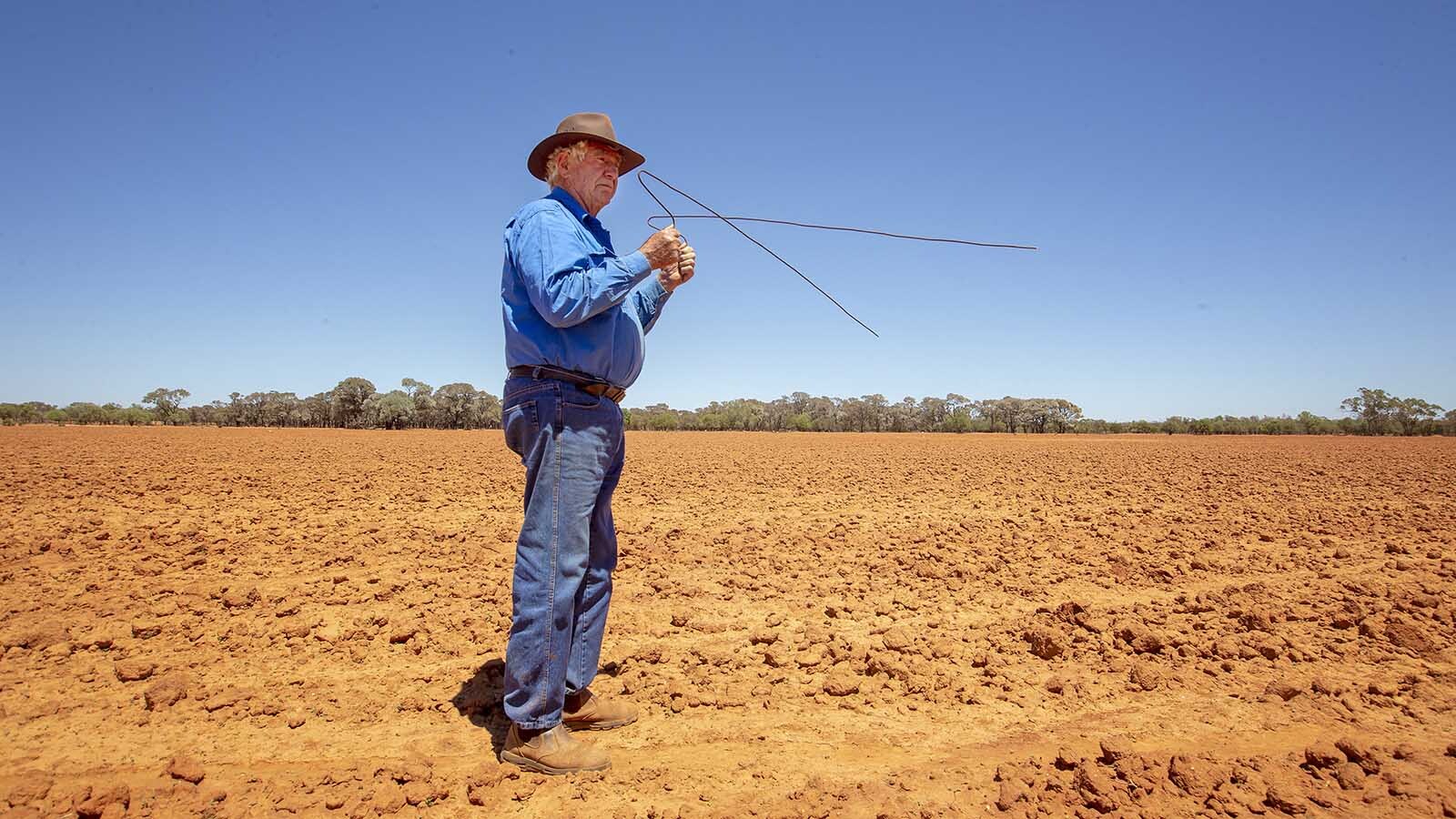
Dowsing, often called water witching or divining, is an ancient practice that claims to locate underground water, minerals, or other hidden substances using a dowsing rod or pendulum. But does it really work? While some swear by its effectiveness, others dismiss it as pseudoscience. This intriguing method has been around for centuries, with roots tracing back to ancient civilizations. Despite modern technology, dowsing still captivates many, blending mystery with tradition. Whether you're a skeptic or a believer, understanding the history, techniques, and debates surrounding dowsing can offer a fascinating glimpse into human ingenuity and the quest for hidden treasures.
What is Dowsing?
Dowsing, also known as divining or water witching, is an ancient practice used to locate underground water, minerals, or other hidden substances. Practitioners use tools like rods or pendulums to detect these hidden elements. Let's dive into some fascinating facts about this intriguing practice.
Historical Background of Dowsing
Dowsing has a rich history that spans centuries and cultures. Here are some key historical facts:
- Ancient Origins: Dowsing dates back to ancient Egypt and China, where it was used to find water and minerals.
- Medieval Europe: In the Middle Ages, dowsing was commonly used in Europe for locating water sources and precious metals.
- Religious Ties: Some medieval dowsers believed their ability was a divine gift, while others faced persecution for practicing what was seen as witchcraft.
Tools and Techniques
Dowsers use various tools and methods to practice their craft. Here are some interesting details:
- Dowsing Rods: The most common tool is the Y-shaped or L-shaped rod, often made from wood or metal.
- Pendulums: Some dowsers use pendulums, which are weighted objects suspended from a string or chain.
- Forked Branches: Traditional dowsers often use forked branches from trees like hazel or willow.
- Map Dowsing: Some practitioners use maps and pendulums to locate water or minerals from a distance.
Scientific Perspective
The scientific community has mixed views on dowsing. Here are some insights:
- Skepticism: Many scientists are skeptical of dowsing, attributing its success to the ideomotor effect, where unconscious movements guide the tools.
- Studies: Various studies have attempted to test dowsing, with mixed results. Some show no evidence of its effectiveness, while others suggest a possible phenomenon.
- Geological Explanations: Some geologists believe that dowsers may unconsciously detect subtle environmental cues, such as changes in soil moisture or magnetic fields.
Modern Applications
Despite skepticism, dowsing is still practiced today. Here are some modern uses:
- Water Locating: Farmers and rural communities often use dowsing to find water sources for wells.
- Archaeology: Some archaeologists use dowsing to locate buried artifacts or structures.
- Oil and Gas Exploration: A few companies have employed dowsers to assist in locating oil and gas deposits.
- Personal Use: Individuals use dowsing for personal purposes, such as finding lost objects or making decisions.
Famous Dowsers
Throughout history, several individuals have gained fame for their dowsing abilities. Here are a few notable names:
- Jacques Aymar: A French dowser who gained fame in the 17th century for solving crimes and locating water.
- Henry Gross: An American dowser known for his work in the mid-20th century, particularly in locating water sources.
- Verne Cameron: A renowned dowser who claimed to have located underwater springs and oil deposits.
Controversies and Criticisms
Dowsing has faced its share of controversies and criticisms. Here are some points of contention:
- Fraud Accusations: Some dowsers have been accused of fraud, particularly when their claims are not substantiated.
- Scientific Rejection: The scientific community largely rejects dowsing due to a lack of empirical evidence.
- Ethical Concerns: Ethical concerns arise when dowsers charge large fees for their services without guaranteed results.
Cultural Significance
Dowsing holds cultural significance in various parts of the world. Here are some cultural aspects:
- Folklore: Dowsing is often featured in folklore and legends, particularly in rural communities.
- Cultural Practices: In some cultures, dowsing is integrated into traditional practices and rituals.
- Symbolism: Dowsing rods and pendulums are sometimes used as symbols of intuition and hidden knowledge.
Technological Advances
Technology has influenced dowsing in recent years. Here are some advancements:
- Electronic Dowsing: Some modern dowsers use electronic devices to enhance their practice.
- GPS and Mapping: GPS technology and advanced mapping tools assist dowsers in locating specific areas to search.
- Online Communities: The internet has allowed dowsers to connect, share techniques, and collaborate on projects.
Personal Experiences and Anecdotes
Many individuals have personal stories and anecdotes about dowsing. Here are a few:
- Success Stories: Some people report successful dowsing experiences, such as finding lost items or locating water.
- Skeptical Converts: A few skeptics have become believers after witnessing or experiencing dowsing firsthand.
- Family Traditions: In some families, dowsing skills are passed down through generations, becoming a cherished tradition.
The Future of Dowsing
What does the future hold for dowsing? Here are some possibilities:
- Continued Practice: Despite skepticism, dowsing will likely continue as a practice, particularly in rural and traditional communities.
The Final Word on Dowsing
Dowsing, a practice with ancient roots, continues to fascinate many. Whether you're a believer or a skeptic, the history and mystery surrounding dowsing can't be ignored. From finding water to locating lost items, dowsers have claimed success in various fields. While scientific evidence remains inconclusive, the anecdotal stories keep the tradition alive.
If you're curious, why not try it yourself? Grab a pair of dowsing rods or a pendulum and see what happens. Who knows, you might uncover a hidden talent or at least have some fun. Remember, the journey of discovery is often as rewarding as the destination.
So, whether you're a seasoned dowser or just starting out, keep an open mind and enjoy the experience. Dowsing might just surprise you!
Was this page helpful?
Our commitment to delivering trustworthy and engaging content is at the heart of what we do. Each fact on our site is contributed by real users like you, bringing a wealth of diverse insights and information. To ensure the highest standards of accuracy and reliability, our dedicated editors meticulously review each submission. This process guarantees that the facts we share are not only fascinating but also credible. Trust in our commitment to quality and authenticity as you explore and learn with us.


